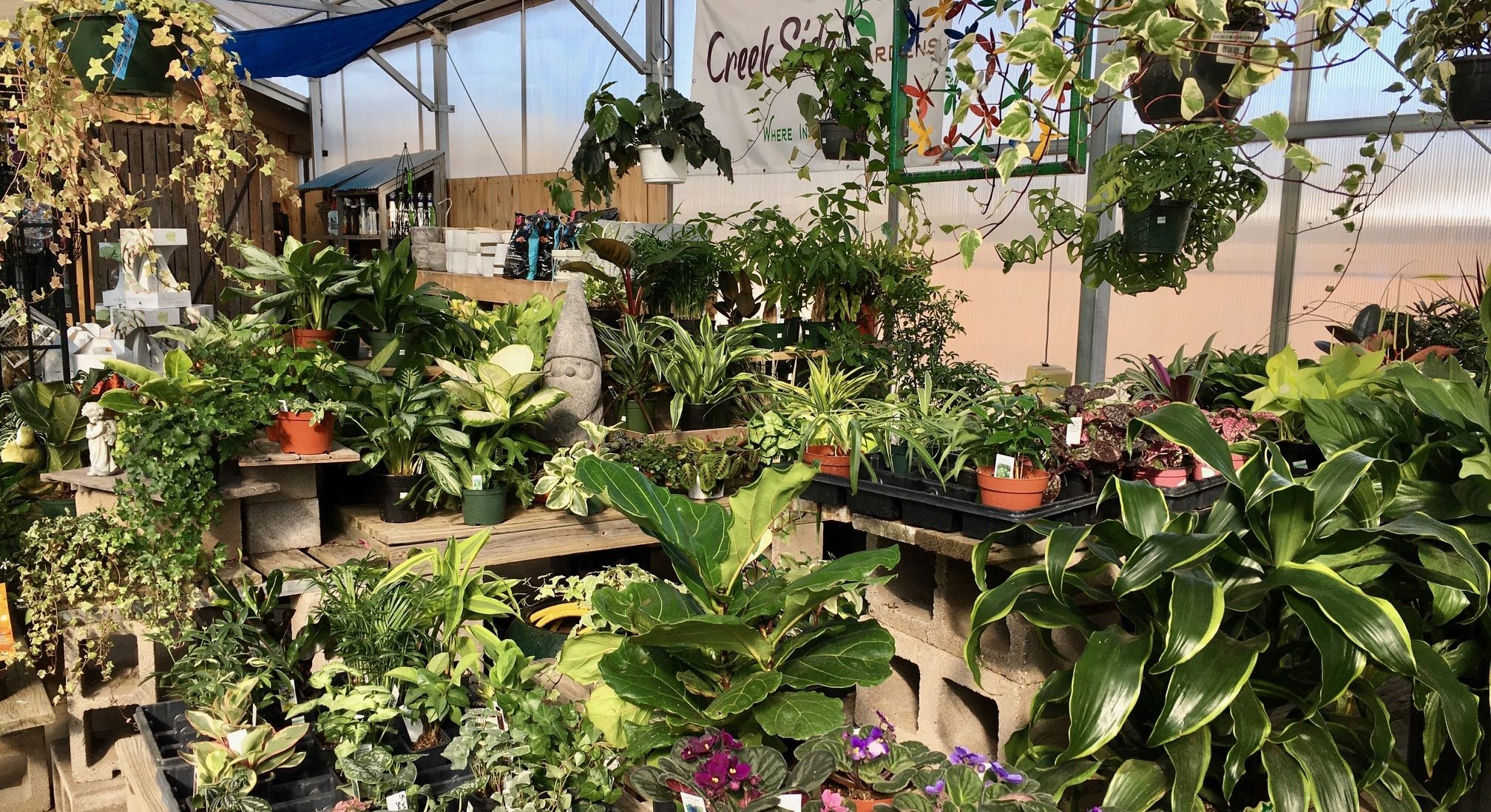How to Propagate a Plant in Water
Step 1. For vining plants like philodendrons, pothos, and monsteras, find the node on the plant’s stem to choose where you’d like to make your cutting. The node is the small, raised bump that can be found on the opposite side of the stem than the leaf. The most important step in propagation is making sure you have a node on your cutting. If not, the roots won’t be able to grow as easily.
Step 2. Sterilize your shears with rubbing alcohol—this helps keep your plant healthy!
Step 3. Put on your gardening gloves (this is especially important with plants that have sap, as some—like the kind from a rubber tree—can irritate your skin) and cut the plant’s stem below the node.
Step 4. Place your new cutting in a jar of glass jar full of water, and put it in a warm, bright location where it can soak up some indirect sunlight. Keep it there until it grows roots that are between one and three inches long. Depending on the plant, this can take anywhere from a few weeks to several months. You can dip the cutting in a rooting hormone before you put it in water. This is totally optional.
Step 5. When your cutting has rooted, remove it from the water and plant it in a small planter with fresh soil. Water well.
How to Propagate Houseplants from Stem Cuttings in Soil
To propagate new plants from most fast-growing, multi-stemmed houseplants, try taking stem cuttings and rooting them.
Step 1: First, cut 4 to 6 inches from the tip of the main stem or side branch, snipping just below a node (where leaf and stem meet). Remove the lower leaves and any flowers so that just a few leaves are left at the top of the stem.
Step 2: Dust cut end with rooting hormone powder. In a small container filled with potting mix, poke a hole with a pencil or chopstick so you can place the cutting into it without knocking off the powder. Then insert the cut stem into the moist potting mix, and gently press the soil around the stem. Or you can skip the rooting powder and place your cutting in a vase of water.
Step 3: Provide indirect light and keep the potting mix moist or the water topped up in a warm location. You can cover your cutting with a clear plastic bag to help hold in moisture while roots form.
Step 4: When cuttings planted in soil resist a gentle tug, they have rooted enough to repot. Dig up gently and pot up into the new pot. Move cuttings in water to a container of potting mix as soon as roots sprout and reach about half an inch long. If you leave cuttings in water too long, they will have a harder time acclimating to potting soil.
- Swedish Ivy Chinese Evergreen
- Coleus Dracaena
- Pothos Dieffenbachia
- Tradescantia Philodendron
- Rosemary
How to Create Divisions from your Houseplants
For houseplants that produce many offshoots or pups from the roots such as Aloe, you can use division to multiply your collection.
Step 1: Remove the whole plant from its pot. For each pup, gently pull it away from the main root ball. You may need to use a trowel or soil knife to slice through stubborn roots. Try to keep as many roots as possible with each pup.
Step 2: Immediately place the separated pups into new containers of potting soil. Keep the soil evenly moist for the next few weeks to help the disturbed roots begin to grow again.
Step 3: Place plants out of direct light. Move them into brighter light over a period of 10 days and give them a little houseplant fertilizer at half-strength to encourage new growth.
How to Propagate Houseplants from Leaf Cuttings
African Violet
To propagate an African Violet, break a leaf off from the main stem of the plant, making sure to keep the petiole (leaf stem) attached. Insert the petiole into either water or a moist potting mix. Pot up leaves that have been in water as soon as roots form.
Begonia
To propagate a rex begonia, set a healthy leaf, top side up, on moist potting mix. Slice through a few of the veins with a clean knife and pin the leaf down with toothpicks so the cuts come in contact with the potting mix. Keep moist, covering the pot with a clear plastic bag to create a mini greenhouse if you like. Pot the plantlets that grow from each cut, once they have a few leaves on them.
Snake Plant
To propagate a snake plant, cut a leaf into sections with clean pruning shears. Make angled cuts so the bottom ends come to a point in the center. Dip bottom ends in rooting powder; insert in moist potting soil. New plants will form to sides of leaf sections.
- Sansevieria/ Snake Plant
- Jade Plant
- Peperomia
- African Violet
- Rex Begonia

